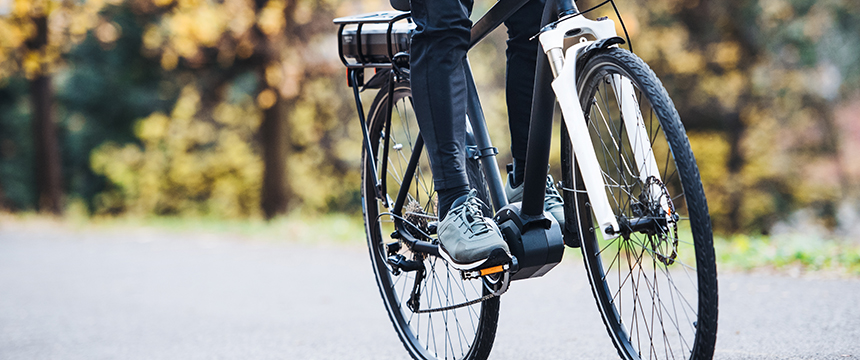With a Surge in Micro-Mobility Solutions during the Pandemic, E-Bikes and Scooters Remain a Growing Business Opportunity

Note: We’d like to thank Zach Ulewicz, summer associate, for his contributions to this alert.
The COVID-19 pandemic upended traditional mass transit options, which no longer became viable as social distancing and lock-down orders became the norm. In response, among commuters and pedestrians alike we saw a surge in micro-mobility options like bicycles and scooters as means for getting around without traditional transit options. Consumers are now, more than ever before, looking for eco-friendly, cost effective, and efficient solutions for last-mile transit, with an added bonus of being fun and recreational. With the electrification of bikes and scooters, many of the practical challenges to getting around town under human-power have been eliminated. Gone are the days when commuters would have to worry about showing up to the office after an intense workout pedaling on a traditional bicycle. E-scooters have already been integrated into select areas of the U.S. and New York City has now followed suit from several other major cities and recently selected three companies (Bird, Lime, and Veo) to pilot an electric scooter rollout program in the Bronx this summer with up to 6,000 scooters by the end of next year. However, the market for other electric micro-mobility options continues to grow and expand as well.
According to a Markets and Markets report, the global e-bike market is expected to grow to $70 billion by 2027. Other more conservative estimates still show an increase from $23.03 billion in 2020 to $48.46 billion by 2028. There is also plenty of room for innovation in this market as companies look to integrate e-bikes with navigation and other wireless features. Even without the wireless integration, consumers can often take advantage of the battery powering their bicycle to charge their phones on the way to their destination. Advancements in lithium-ion batteries have created long-lasting and quickly chargeable bikes that can be easily utilized for long commutes. Even with more traditional mobility options becoming accessible again as COVID-19 cases are tapering down in the U.S. and more states are reopening, the market for electric bicycles is still alive and thriving as more people turned in their stationary bike for a real one, and major cities are making it easier for bicyclists on the roadways. China, a large manufacturer and exporter of bikes worldwide, saw Q1 sales for electric bikes in 2021 grow 86.3% over 2020, with more than 7 million units produced. This is on top of the already 33.4% year over year increase that was seen in the first 10 months of 2020.
While the largest markets for e-bikes currently remain in China and the rest of the Asia-Pacific, there is plenty of room for growth in Europe and North America. The market for e-bikes in North America is projected to grow at a rate of 11% year after year from 2021 to 2028. In 2019, New York City launched a program that is still in its infancy for the use of cargo e-bikes by package carriers to reduce congestion on city streets.
As e-bikes become more commonplace and utilized, this will likely fuel additional growth as more consumers will have exposure to their use and many of the challenges to sporadic use can be overcome as the market saturates. These problems can include maintenance and repair issues or battery replacements; but as more companies begin to enter the e-bike market and bike shops begin to offer electric options, these concerns may be put to rest. Some companies, such as Revel, which already offers an electric moped-sharing service, are now launching leasing programs for e-bikes with a monthly charge that will cover these maintenance and repair issues.